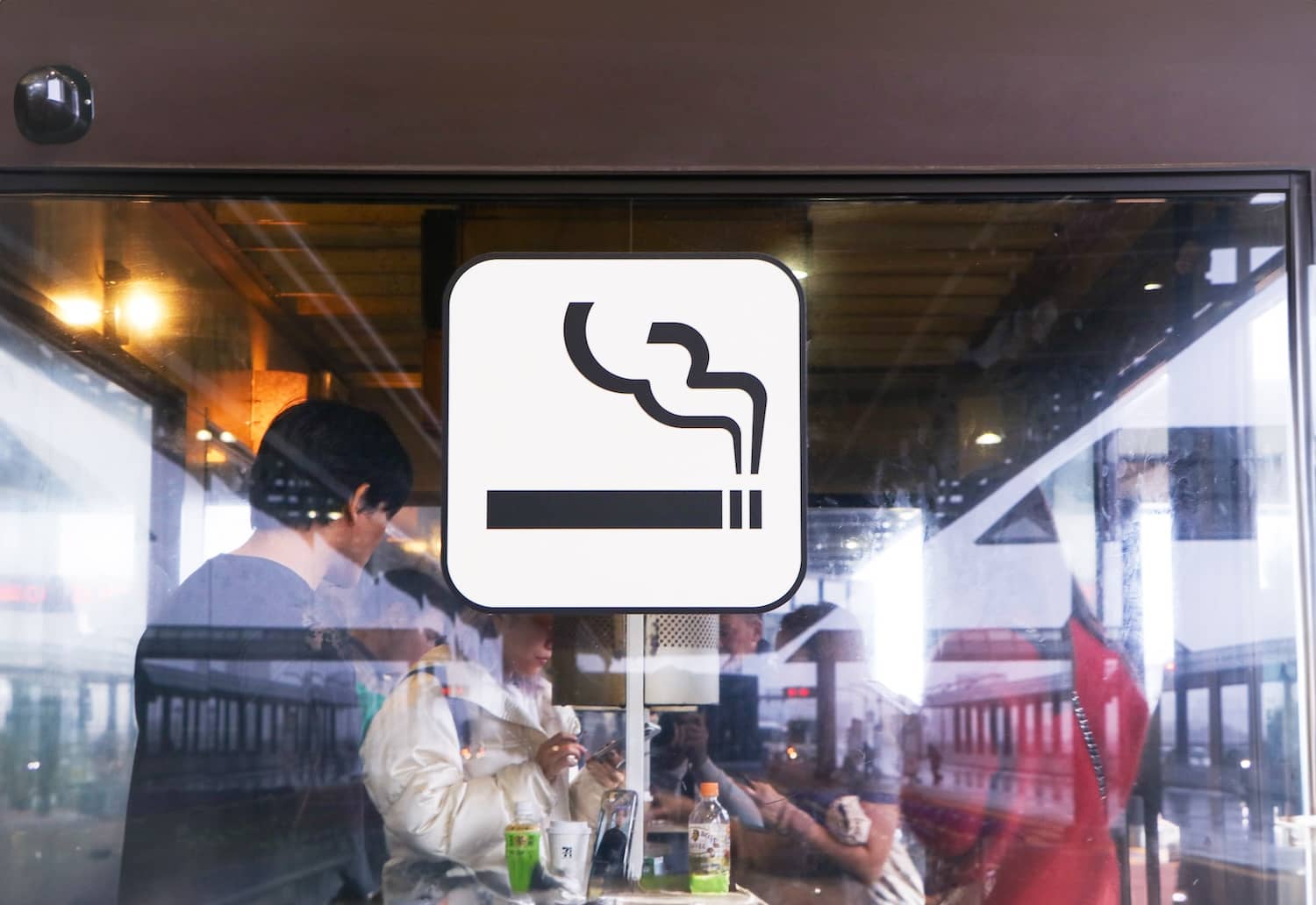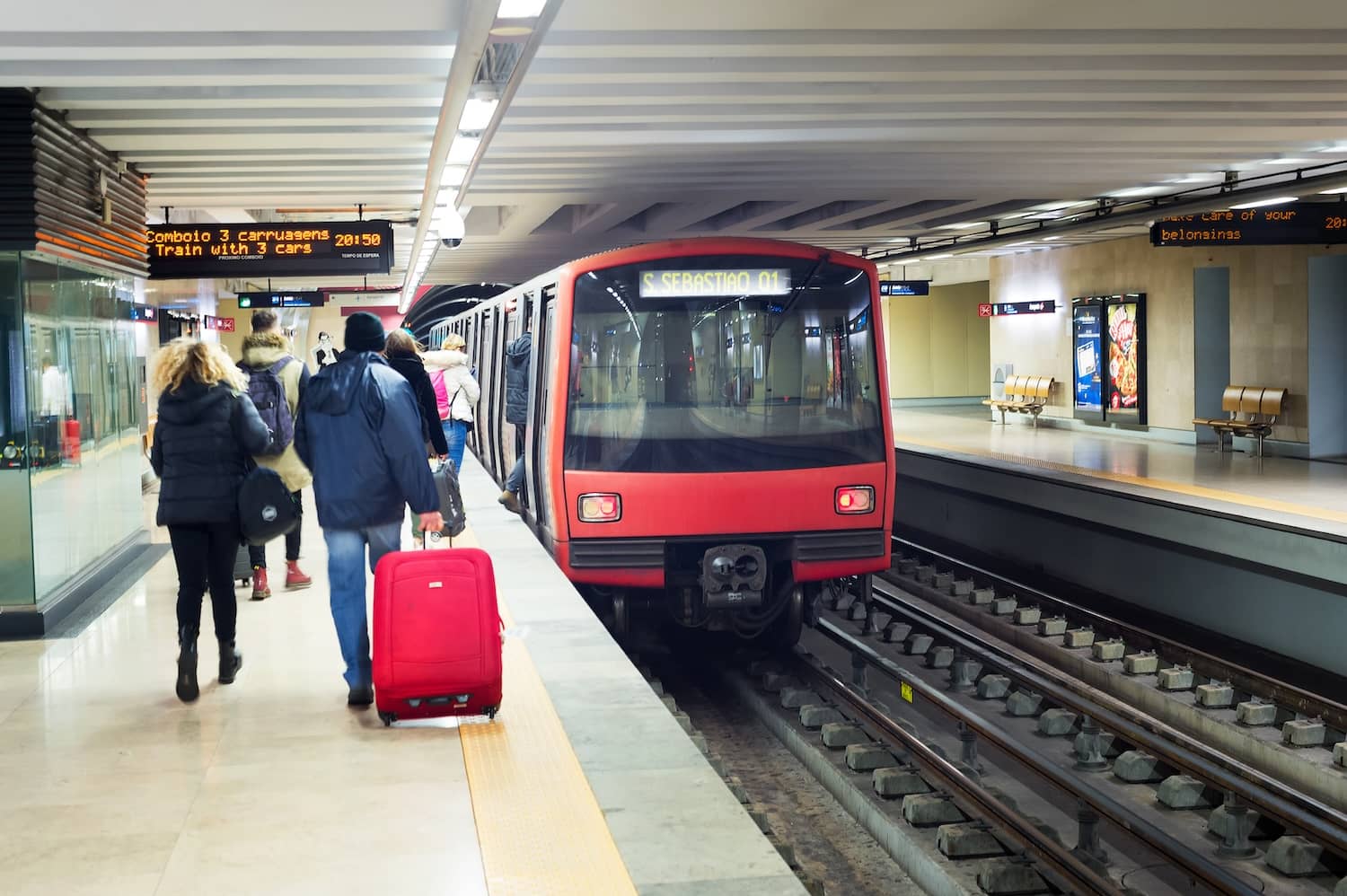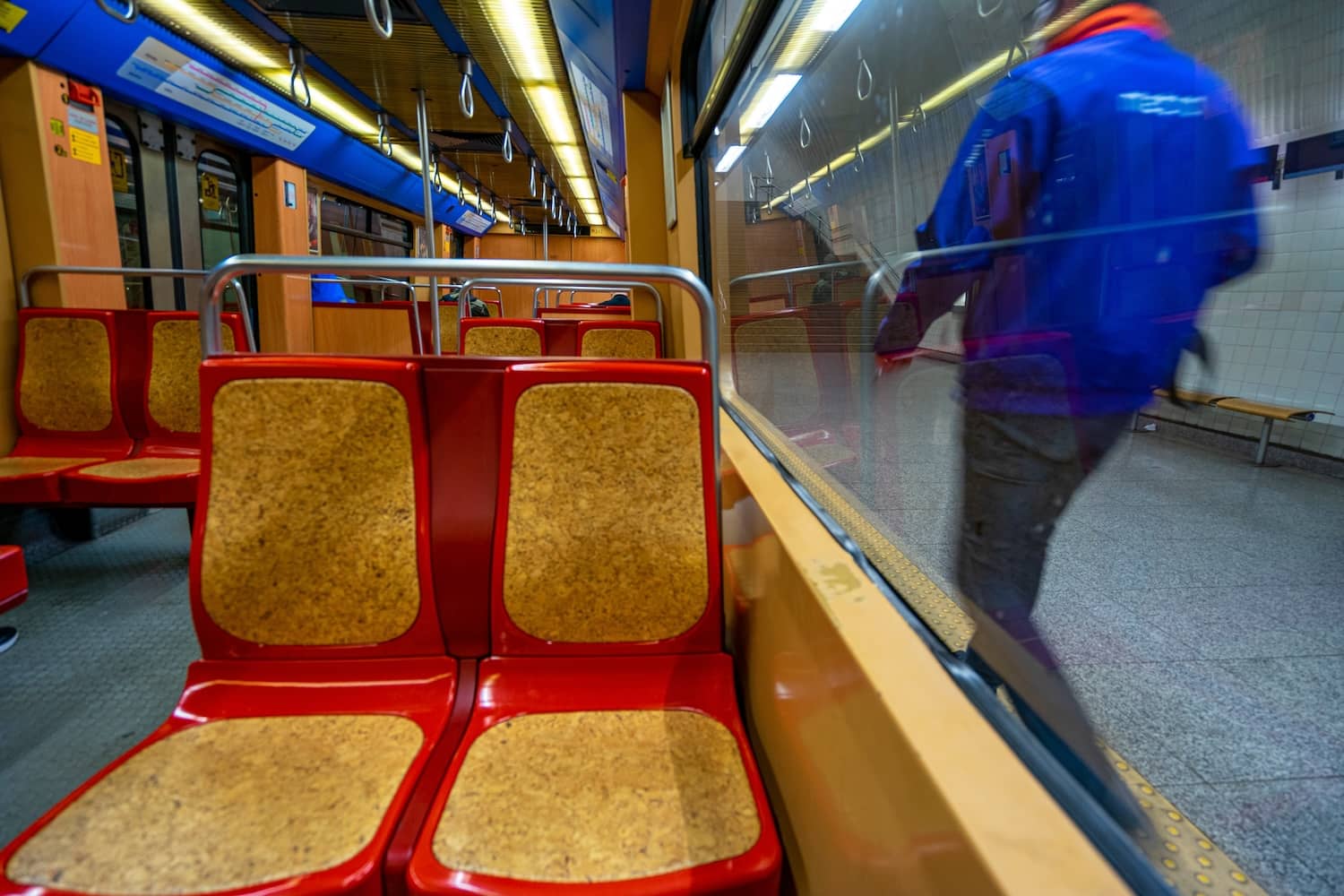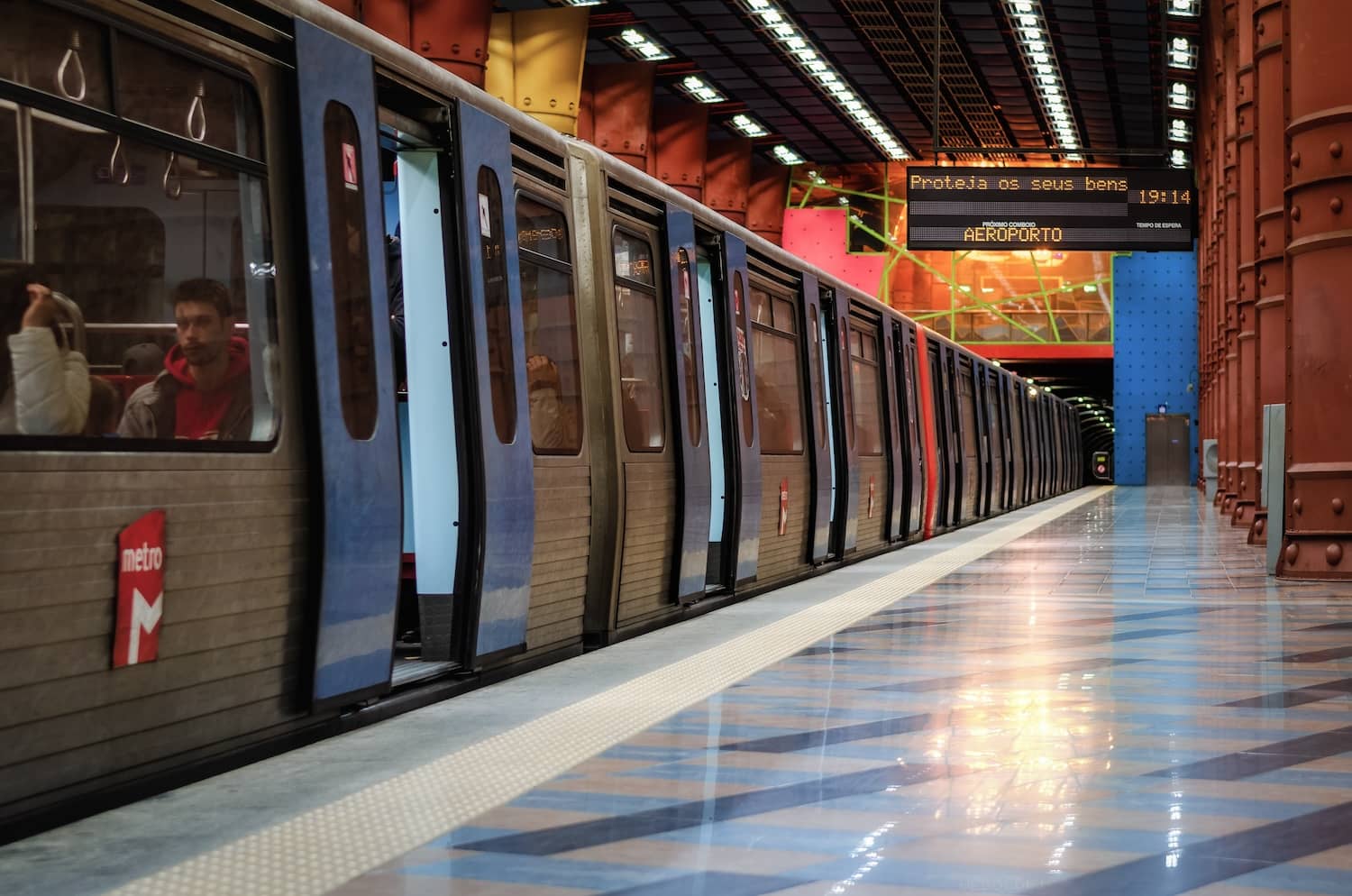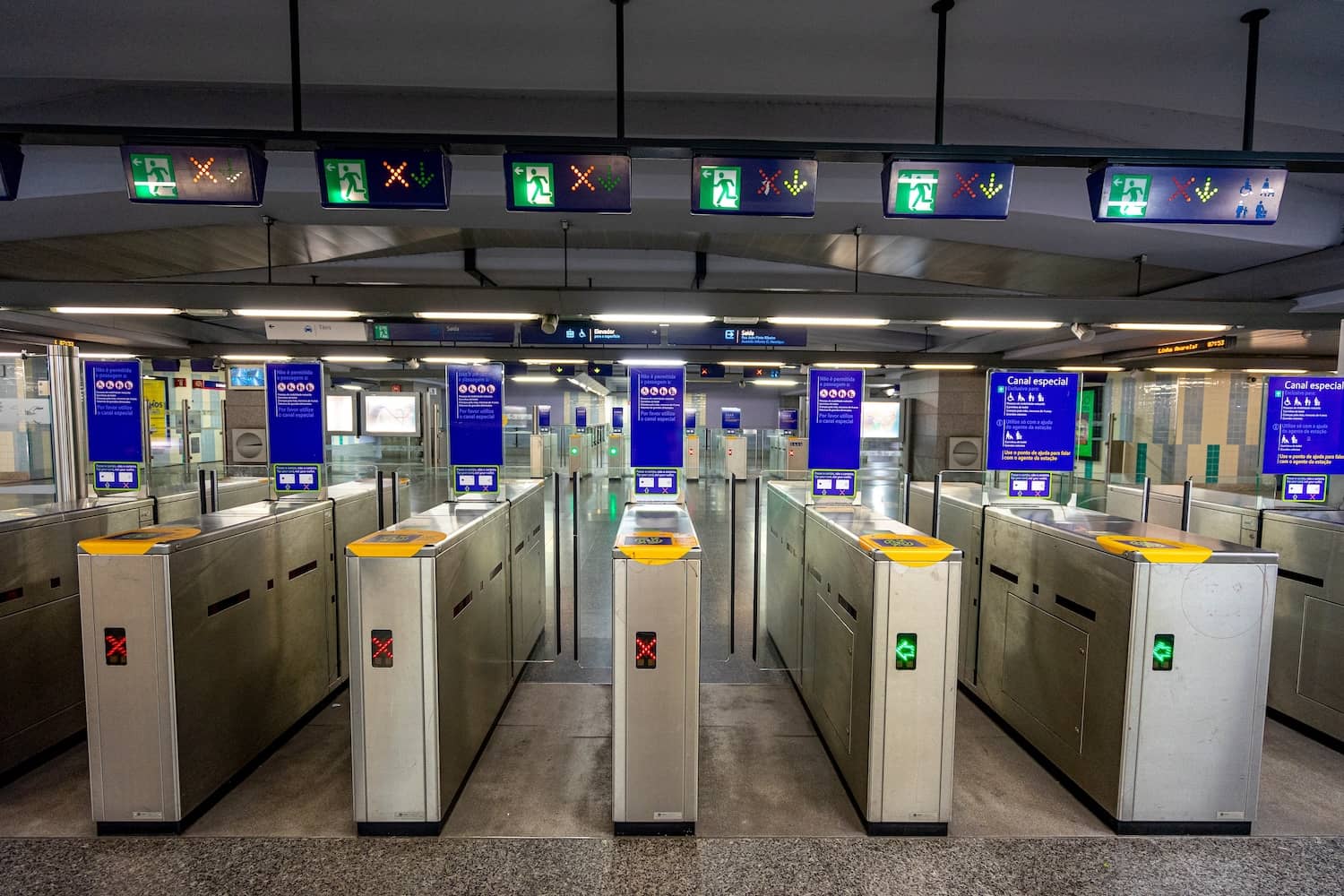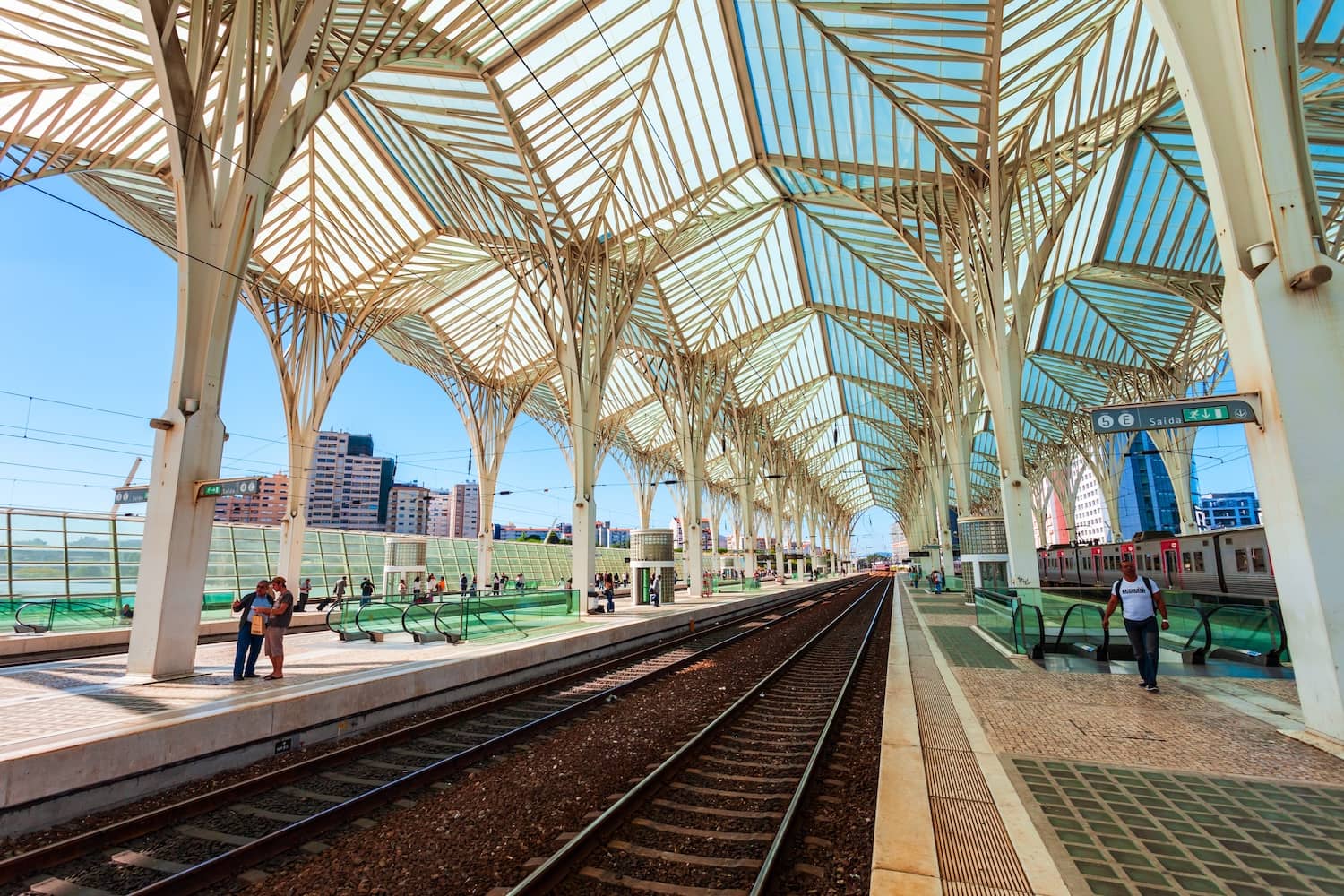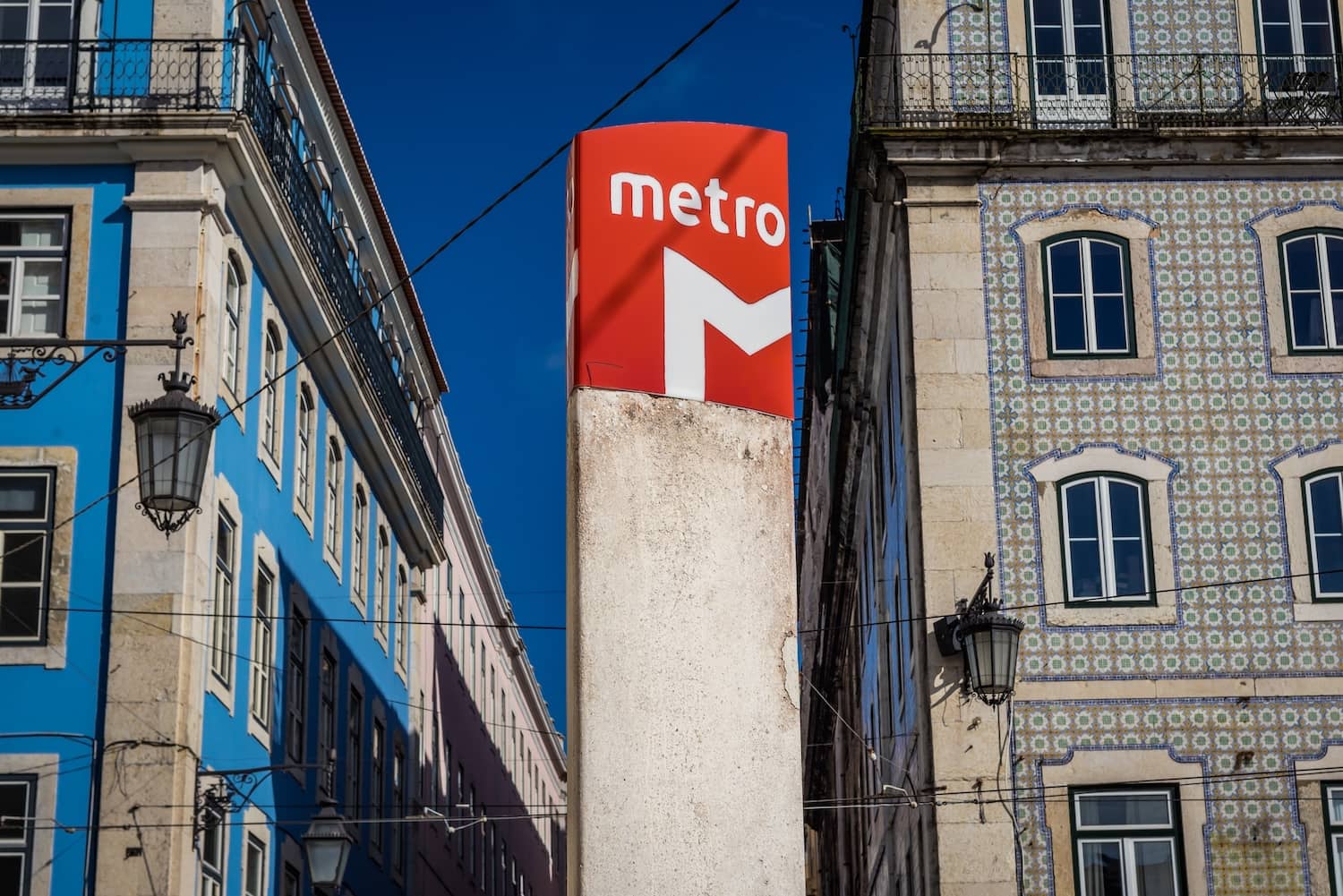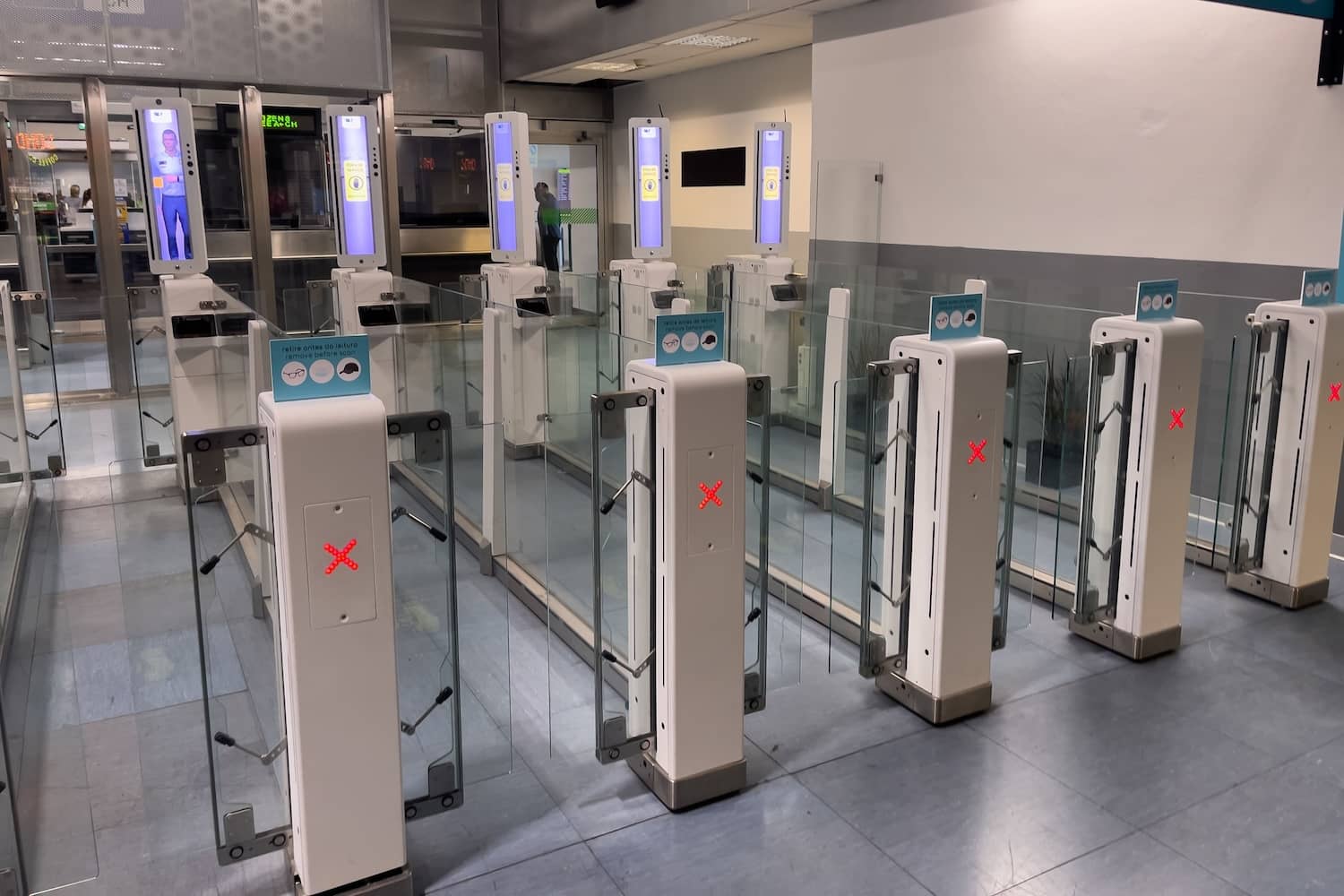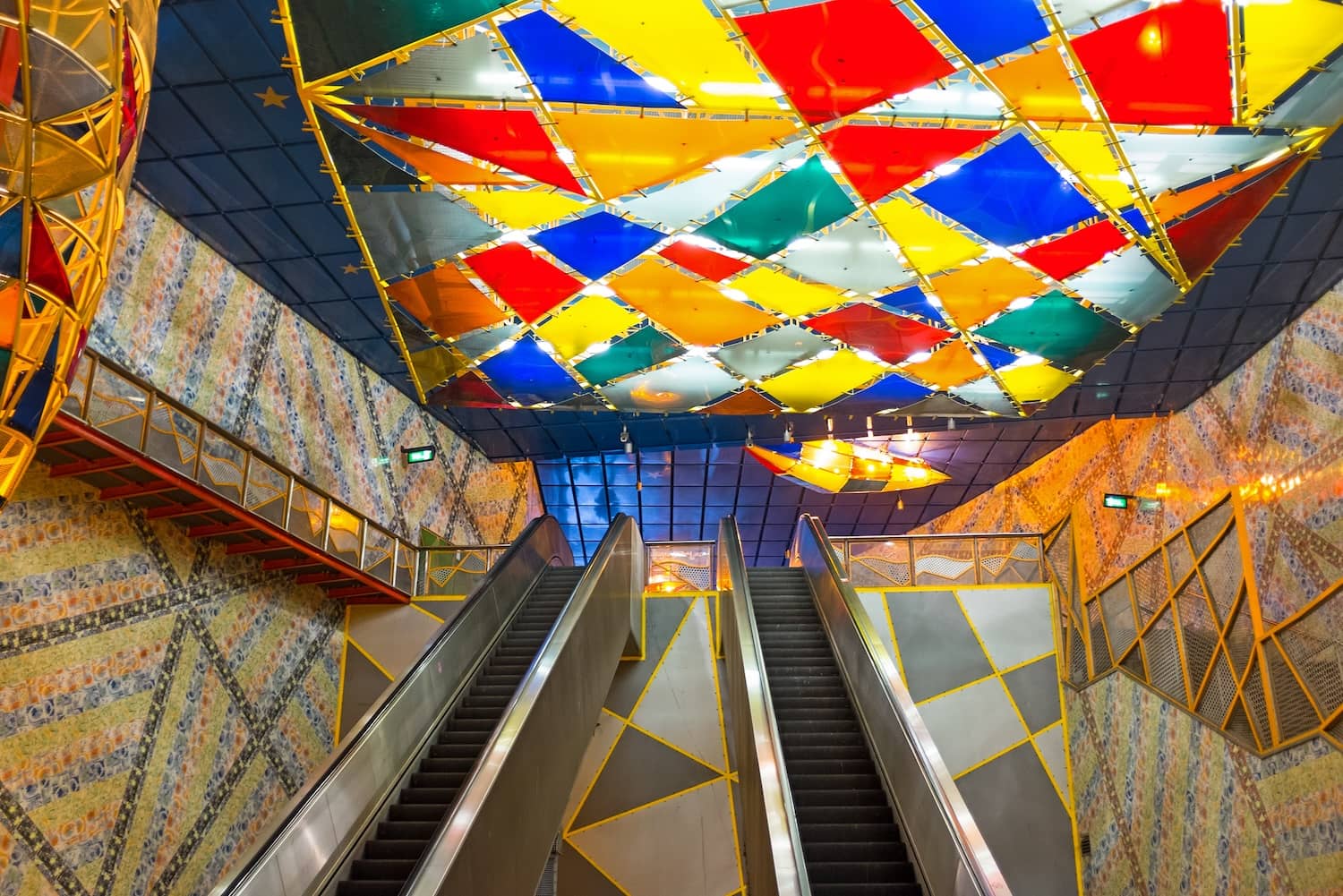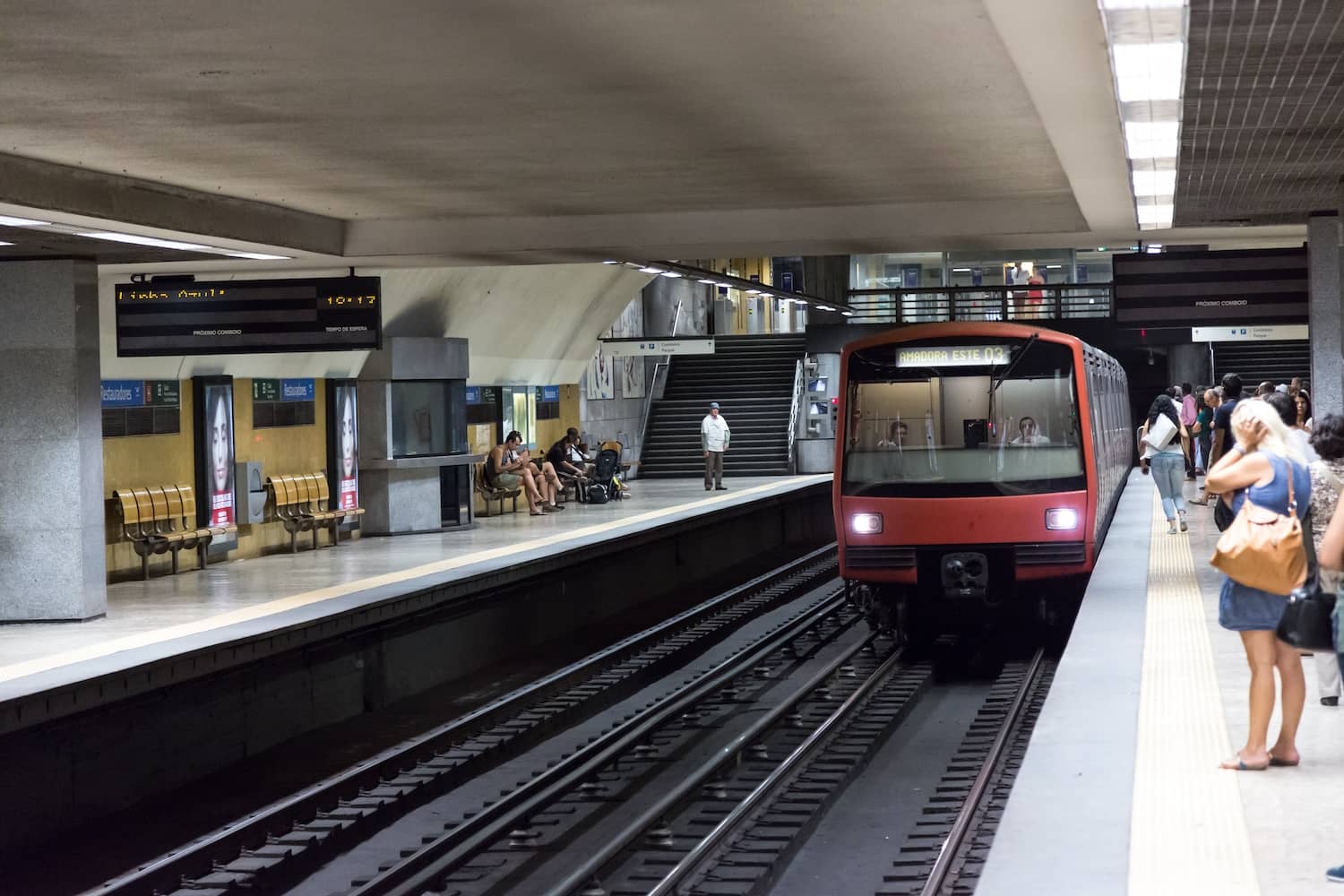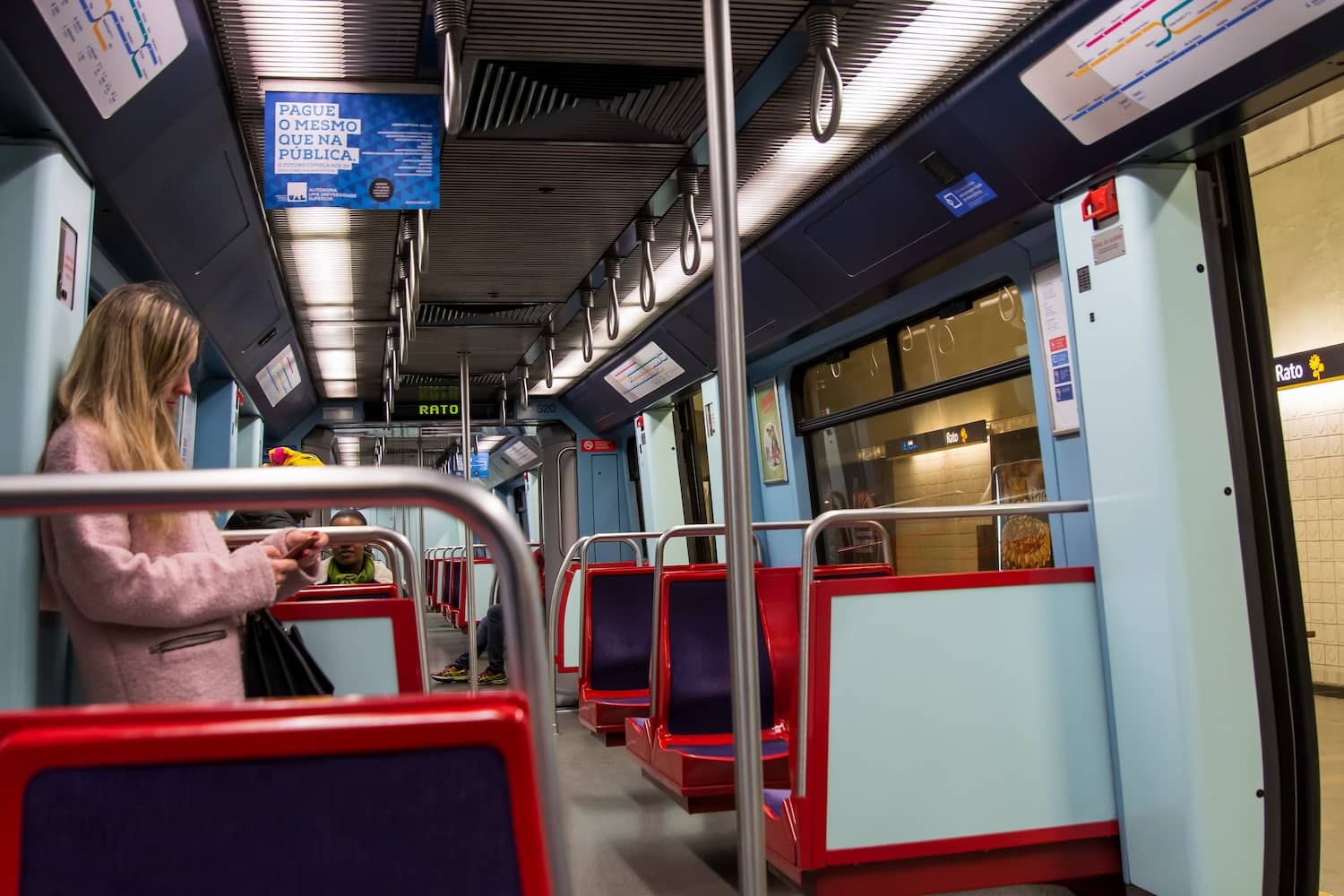Lisbon Metro
Exploring the Lisbon Metro: A Guide to Portugal’s Premier Urban Transit System
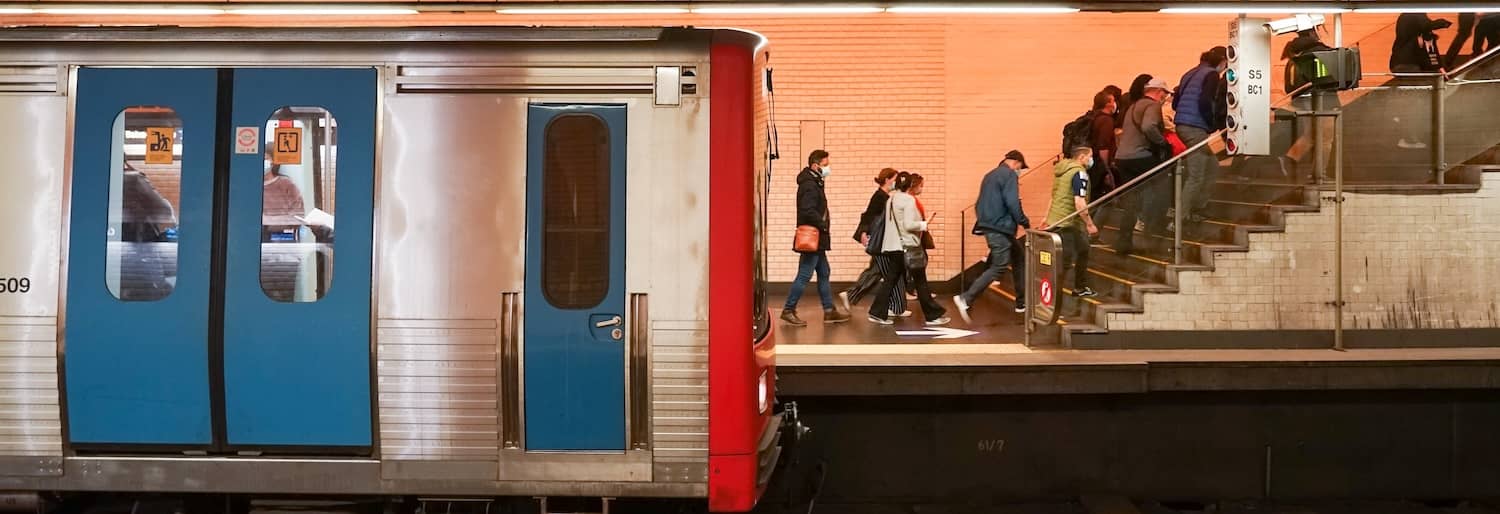
In the heart of Portugal’s hilly, coastal capital city lies one of its most vital public utilities—the Lisbon Metro. Launched in 1959, this underground network has not only expanded the horizons of the city’s infrastructure but has also woven itself into the fabric of daily life in Lisbon.
As a cornerstone of urban mobility, the Lisbon Metro serves millions of residents and tourists each year, providing a fast, affordable, and reliable means to navigate through the city’s bustling streets and scenic neighborhoods. This guide delves into the rich history, present operations, and the future prospects of the Metro, alongside offering practical tips for navigating the system with ease and insight into the artistic highlights that adorn its stations.
History of the Lisbon Metro
The Lisbon Metro’s journey from conception to a key player in urban transport mirrors the post-war growth and modernization of Lisbon itself. The idea of an underground railway for Lisbon first emerged in the early 1940s, but it wasn’t until the late 1950s that the plan came to fruition. The initial network, which opened on December 29, 1959, consisted of a modest yet strategic line that connected Sete Rios to Entrecampos. This route was pivotal in easing the daily commute of thousands of Lisboetas and marked the beginning of a new era in public transportation for the city.
Throughout the 1960s and 1970s, the network underwent rapid expansion to keep up with the growing urban sprawl and to ease traffic congestion in the city center. Notable extensions during this period included the connection to Rotunda (now Marquês de Pombal) and further into the northern districts, solidifying the Metro’s role as a backbone of city transport.
The 1980s and 1990s saw further innovation with the introduction of modernized trains and the expansion of lines to reach newer areas like the eastern waterfront, which was being developed for the 1998 Lisbon World Exposition. This period also marked the beginning of the Metro’s role as a cultural canvas, with new stations featuring distinct architectural styles and artistic installations, reflecting Lisbon’s cultural heritage and contemporary artistic movements.
Entering the 21st century, the Lisbon Metro continued to evolve, both in scale and technology. The introduction of the Red Line in 1998, initially aimed to serve the Expo area, has since become vital for connecting to the Lisbon Airport, further integrating the Metro into the broader transport network of the city. The network’s expansion plans have continually adapted to the changing needs of the city, with recent developments focusing on increasing accessibility and improving connectivity between different modes of public transportation.
From its inception as a single-line subway to its status as a comprehensive four-line network that traverses the city, the Lisbon Metro has not just kept pace with Lisbon’s growth but has actively shaped it. As we move forward, the continued expansion and modernization efforts promise to further enhance its capacity and efficiency, ensuring that the Lisbon Metro remains a cornerstone of urban mobility in the capital.
The Network Today
The Lisbon Metro currently operates four lines, covering a total length of 44 kilometers and serving 56 stations. Each line is identified by a specific color, simplifying navigation for passengers. Here’s a comprehensive overview of the network:
| Line | Color | Terminals | Key Stations/Interests | Length | Number of Stations |
|---|---|---|---|---|---|
| Blue | Blue | Santa Apolónia - Reboleira | Baixa-Chiado (city center), São Sebastião (shopping malls) | 13.7 km | 18 |
| Yellow | Yellow | Rato - Odivelas | Campo Pequeno (bullring), Cidade Universitária (universities) | 11.0 km | 13 |
| Green | Green | Telheiras - Cais do Sodré | Rossio (downtown), Alvalade (residential and shopping) | 9.0 km | 13 |
| Red | Red | São Sebastião - Aeroporto | Oriente (transport hub, shopping), Aeroporto (Lisbon Airport) | 10.5 km | 12 |
Operating hours for the Lisbon Metro are typically from 6:30 AM to 1:00 AM, with variations on specific days or events. The frequency of trains varies depending on the time of day, from about every 6-9 minutes during peak hours to about 10-12 minutes later at night.
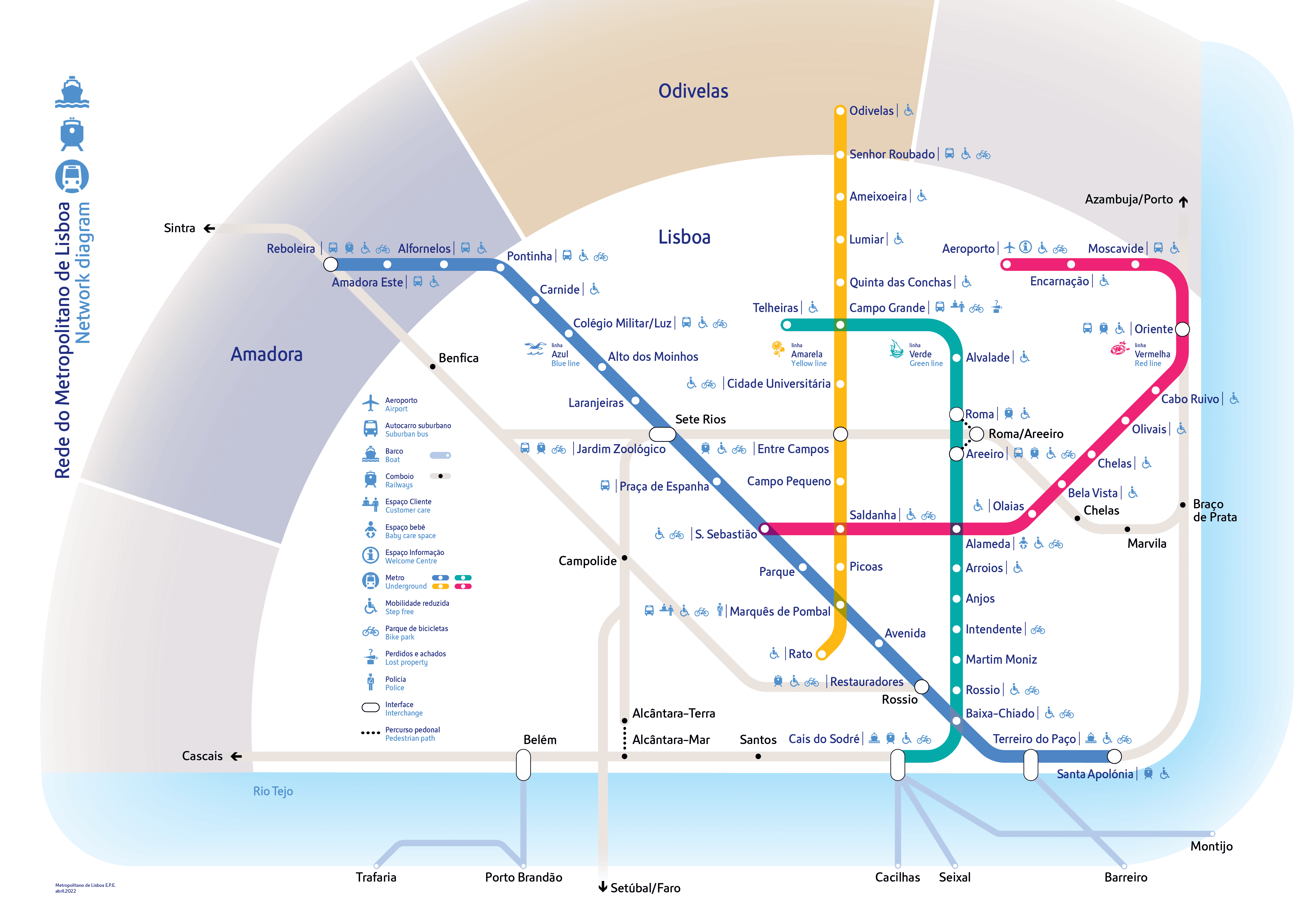
Navigating the Lisbon Metro
Navigating the Lisbon Metro is straightforward, thanks to its well-designed network and frequent services. Here are some practical tips for first-time users:
Buying Tickets: Tickets can be purchased at vending machines available at all metro stations. These machines accept cash as well as credit and debit cards. Lisbon uses a contactless card system called “Viva Viagem” which can be loaded with single tickets, a day pass, or a multi-day pass. First-time buyers will need to purchase the reusable Viva Viagem card for a small fee before loading it with tickets.
Ticket Options: There are several ticket options available:
- Single ticket: Good for one Metro ride within an hour of validation.
- 24-hour ticket: Unlimited Metro (and other public transport) rides for 24 hours from the time of first validation.
Zapping: A pay-as-you-go option that can be loaded onto the Viva Viagem card and used on Metro, buses, and trams.
Tourist Passes: For tourists, purchasing a 24-hour or multi-day pass can provide the best value, especially if planning to travel extensively across the city. These passes are also valid on buses and trams, making it easy to explore various parts of Lisbon without the need for separate tickets.
Station Navigation: Most metro stations are equipped with escalators, elevators, and clear signage in multiple languages. For accessibility, many stations have tactile paving to assist visually impaired travelers.
Safety and Etiquette: The Lisbon Metro is generally safe to use at any time of day. However, as with any public transport system, it’s advisable to keep an eye on personal belongings and be mindful of pickpockets, especially during busy periods. Passengers are also encouraged to stand to the right on escalators, allowing others to pass on the left.
Architectural Highlights and Art
The Lisbon Metro is not just a means of transportation; it’s also a subterranean gallery of contemporary art and unique architecture. Many stations are adorned with works by prominent Portuguese artists, turning each stop into a cultural experience. Here are some of the notable stations and their artistic highlights:
- Olaias Station: Designed by the architect Tomás Taveira, Olaias is often cited as one of the most beautiful metro stations in the world. Its vibrant, colorful tiles and complex geometric structures create a striking visual impact as soon as passengers enter the station.
- Oriente Station: Part of the redevelopment for the 1998 Lisbon World Exposition, Oriente Station was designed by the renowned Spanish architect Santiago Calatrava. The station features a stunning glass and steel structure that resembles a row of trees, symbolizing a gateway to the new Lisbon.
- Parque Station: This station showcases intricate tile panels created by the artist Françoise Schein. The panels are inscribed with the Universal Declaration of Human Rights, offering a thoughtful reflection on freedom and human dignity amidst the daily commute.
- Alameda Station: Alameda features artwork that reflects the historical and technological evolution of Portugal, with tile panels depicting scenes from the Age of Discoveries alongside modernist designs that celebrate technological advancement.
These stations are just a few examples of how the Lisbon Metro combines functionality with artistic expression, enhancing the everyday travel experience with inspiring visuals.
- Expansion of Yellow Line: One of the major projects includes the extension of the Yellow Line from Rato to Cais do Sodré. This expansion aims to connect more neighborhoods and improve access to the riverfront, facilitating easier commutes and reducing traffic congestion in the city center.
- New Stations and Line Extensions: Plans are also underway to introduce new stations on existing lines, including an extension of the Red Line to the western region of the city. These expansions are designed to increase the reach of the metro, providing service to areas currently underserved by public transport.
- Technological Upgrades: The Lisbon Metro is set to enhance its operational efficiency with the introduction of new, energy-efficient train models and the upgrading of existing infrastructure to support faster, more frequent services.
- Accessibility Improvements: Continued efforts are being made to improve accessibility across the network, ensuring that all stations are equipped with necessary facilities to assist passengers with reduced mobility, including better elevator access and more intuitive wayfinding systems.
- These developments reflect Lisbon’s commitment to sustainable urban mobility and its pursuit of a more connected and accessible city for all residents and visitors. Through these efforts, the Lisbon Metro not only anticipates the future needs of the city’s population but also sets a benchmark for public transport systems worldwide.
Conclusion
The Lisbon Metro serves as a lifeline to the vibrant city of Lisbon, combining efficiency with cultural enrichment. From its historical inception in the late 1950s to its ongoing expansions and technological upgrades, the Metro not only facilitates easy travel across the city but also enhances the daily commute with its unique blend of art and architecture.
Whether you’re a resident navigating your daily route or a tourist exploring the historic and picturesque locales of Lisbon, the Metro offers a reliable, affordable, and enriching way to experience the city. As the network continues to grow and adapt to the needs of Lisbon’s dynamic population, it remains a testament to the city’s commitment to sustainable urban mobility and cultural appreciation.
Lisbon Metro FAQ
How accessible is the Lisbon Metro for travelers with disabilities?
The Lisbon Metro is equipped with facilities to assist travelers with disabilities, including elevators, tactile flooring for the visually impaired, and designated seating on trains. Most stations are fully accessible.
Are there any tourist-friendly passes available?
Yes, the Lisbon Card offers unlimited use of public transportation including the Metro, buses, and trams, along with free or discounted admission to many museums and attractions. There are also 24-hour and multi-day passes specifically for public transport.
What are the operating hours of the Lisbon Metro?
The Metro typically operates from 6:30 AM to 1:00 AM. However, operating hours can vary on holidays and during special events, so it’s recommended to check the latest schedule on the Lisbon Metro website or at station information boards.
Which are the key stations for tourists to know about?
Tourists should familiarize themselves with Baixa-Chiado (access to the city center), São Sebastião (near shopping areas), Oriente (transport hub and close to the oceanarium), and Aeroporto (Lisbon Airport).
How often do trains run on the Lisbon Metro?
During peak hours, trains run approximately every 4-6 minutes. During off-peak times and weekends, the frequency is about every 6-9 minutes.
Can I use contactless payment directly at the turnstiles?
As of now, you must use a Viva Viagem card or similar transport card. Contactless payment with credit cards or mobile phones is not directly available at the turnstiles.
Is there Wi-Fi available in the stations or on the trains?
Free Wi-Fi is available at many of the major metro stations. However, there is currently no Wi-Fi service available inside the trains.
What should I do if I lose something on the Metro?
If you lose something while using the Lisbon Metro, you should contact the Lost and Found office at the Marquês de Pombal station or inquire at any station's customer service.
Are there any rules for traveling with luggage on the Metro?
Travelers are allowed to bring luggage onto the trains, but it should not obstruct aisles or doors. During peak hours, it’s advisable to travel with minimal luggage to avoid crowding.

